Born into a rural Limerick family steeped in the radical traditions of Fenianism and the Land League, Liam Lynch emerged as one of the most formidable IRA commandants during the War of Independence.
[ Read the complete Century: 1923 Birth of a Nation seriesOpens in new window ]
As officer in command of Cork No. 2 Brigade, encompassing much of north Cork, Lynch masterminded and took part in some of the most celebrated actions of the IRA in the conflict. These included the Fermoy arms raid, the Mallow barracks attack and the kidnapping of British General Cuthbert Lucas. As a testament to his military prestige in the revolutionary movement, he became head of the IRA’s First Southern Division by the time of the truce, which encompassed Kerry, Cork, Waterford and west Limerick.
Compromise
While opposed to the Treaty, feeling it a betrayal of the Republic and his dead comrades, Lynch worked to find a compromise between the two factions of comrades in the IRA who split over the settlement. Though he was elected the anti-Treaty IRA chief of staff in March 1922, he was briefly deposed by others on the IRA executive and replaced by Joseph McKelvey. His energies in the last few weeks of his life were devoted to healing this split on the anti-Treaty side. Both Lynch and his allies were little prepared for the outbreak of the Civil War on June 28th, 1922.
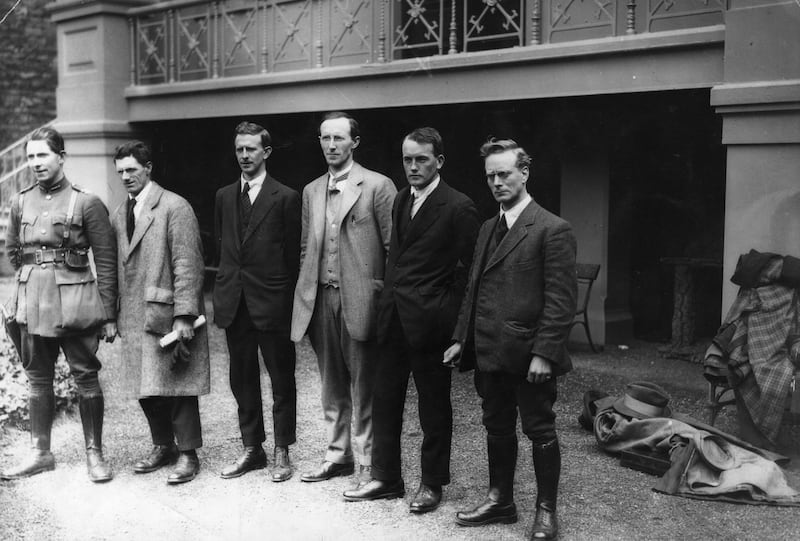
Lynch immediately resumed the role of chief of staff and ventured to his former command of the First Southern Divisional area. There he hoped to create a republican base, to hold for the existing Republic, below the ‘Limerick-Waterford’ line. Key to this was Limerick city over the river Shannon, where Lynch had arranged a truce with the pro-Treaty commander Michael Brennan.
READ MORE
Collapse
This collapsed after a few days and in the weeks following, with sea landings by the National Army at Kerry and Cork, republicans swiftly lost their territory. Lynch ordered a return of his troops to the familiar guerrilla tactics of the War of Independence. One of the most significant actions of this period was the death of Michael Collins, commander-in-chief of the National Army, and Lynch’s former comrade, during an ambush on Collins’s convoy in west Cork on August 22nd, 1922.
Lynch’s intention was to bring the infrastructure of the Free State to the brink of economic collapse and perhaps the former comrades back together in a renewed war against the old enemy, Britain. In reaction to the anti-Treaty side’s military success, however limited, the government of the emerging Free State passed legislation allowing for the executions of republican prisoners.
Assassinate
In response, Lynch issued orders to assassinate TDs who had passed what republicans termed the “murder Bill” and target the homes of high-profile Free State senators and supporters. One particularly dramatic and tragic outcome of these orders was, following the assassination of the pro-Treaty TD Seán Hales, a former comrade of Lynch’s, the Free State cabinet ordered the reprisal executions of four IRA executive leaders held since the fall of the Four Courts.
The Civil War was ruthless in nature and Lynch’s heart was not in the fratricidal conflict. He wrote to his brother in September 1922: “The disaster of this war is sinking to my very bones ... who could have dreamt all our hopes could have been so blighted.” In December that year, he wrote to his mother: “Would that England’s hounds had tracked me down rather than old comrades who had been false to their allegiance.”
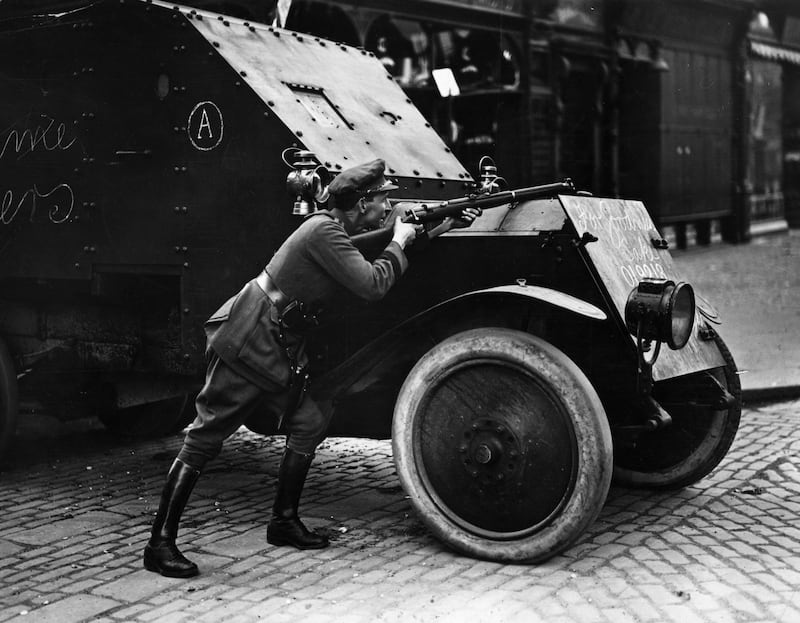
Executions
By early 1923, however, the anti-Treaty IRA’s military resistance had lost great momentum. Executions continued apace and there were few successful IRA actions, demoralising those under Lynch’s command. While Lynch had no interest in opening peace negotiations, he was under pressure from some within the IRA, such as Tom Barry, and without, including from former officers styling themselves as “the Neutral IRA”, to do so.
Lynch, was aware of the pressure his forces were under and was desperate to find some means for republicans to regain momentum in the conflict. One was to acquire heavy artillery from the European continent, another to form a new republican base in the west. When the IRA executive held a much-delayed meeting in rural Waterford in March 1923, Lynch cast the deciding vote for the war to continue.
Mortally wounded
He had planned for the IRA executive to reconvene for a further meeting on April 10th. On the same day, the area was in the midst of a large National Army sweep. While escaping over the Knockmealdown mountains, Lynch was shot and mortally wounded by a member of a National Army column in pursuit. He died several hours later.
It was left to Lynch’s successor, Frank Aiken, to issue a dump arms order to the republican forces six weeks later, bringing the Civil War to an end. For Lynch’s historical reputation among those who commemorate and revere him, he is the unbowed and unbroken republican icon who gave his life for the cause of Irish freedom.
Gerard Shannon is the author of Liam Lynch: To Declare a Republic, published by Merrion Press
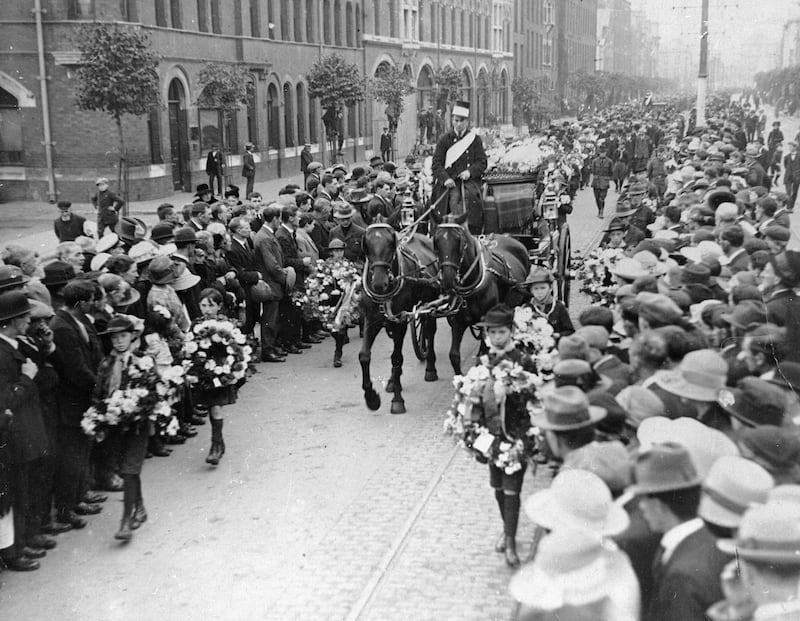
Did you know?
– A moderate: before 1916, Liam Lynch was considered a Redmondite, or moderate, and supporter of Home Rule by his peers. He was also briefly a member of the National Volunteers. However, witnessing the arrest of Cork Volunteer leader Thomas Kent in Fermoy (who was later executed) radicalised Lynch into the republican cause.
– Famous quote: “We have declared for an Irish Republic and will not live under any other law”, Lynch’s most famous quote, is from a letter he wrote in late 1917 to his brother.
– Unmarried: On his death, Lynch was engaged to be married to Bridie Keyes, a draper assistant’s from Mitchelstown. They met in secret during his revolutionary activities. She died in 1970, having never married.
– Memorials: He is the subject of numerous memorials, mostly notably a 2.5m (8ft) Celtic Cross outside his birthplace near Anglesboro village in Limerick and an 18m (50ft) memorial tower where he was shot in the Knockmealdown mountains in south Tipperary.
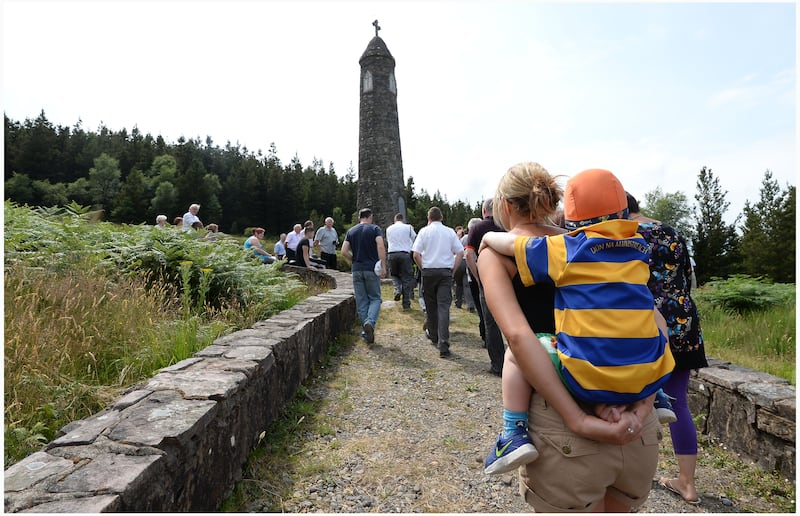
Pro or anti-Treaty – which side would you have chosen?
The 1921 Anglo-Irish Treaty, more commonly known as ‘the Treaty’, led to the creation of the Irish Free State as a self-governing nation of the British Empire. It also gave Northern Ireland – which had been created a year earlier – the right to opting out of the Irish Free State. While the Treaty was narrowly approved by the Dáil, the split led to a bitter Civil War (1922-23). Which side might you have chosen? Here’s how you might feel:
Pro-Treaty:
This isn’t the ultimate freedom you fought for but is a stepping stone towards it. Hardliners are risking everything achieved in recent years in an unrealistic attempt to get Irish independence all at once. There is no guarantee the IRA can defeat the British. The nation is shattered and wants an end to war. Do we really want to go back to fighting a war we might lose? This is not the end – we can achieve more by peaceful means.
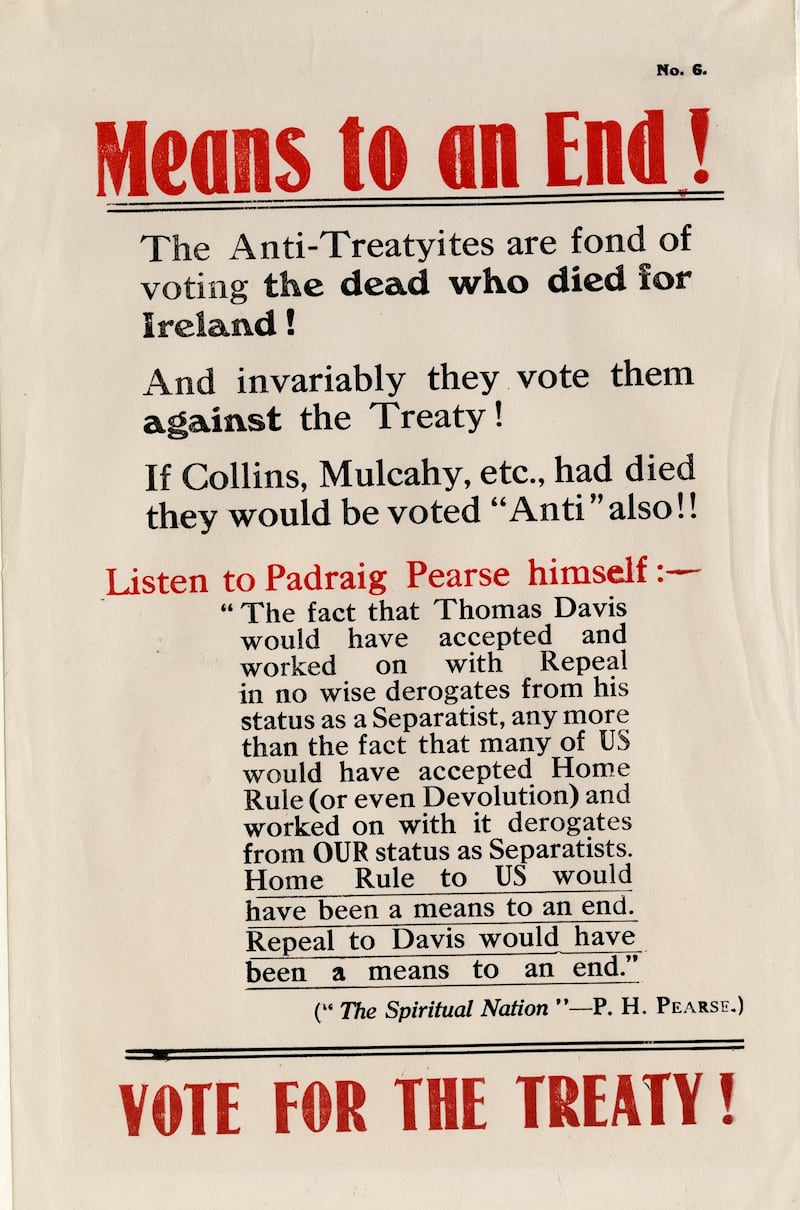
Anti-Treaty:
This is a sell-out. You fought hard for freedom – and now the dream of a united Ireland is over. This Treaty denies the sovereignty of the Irish nation. We will still be under British influence. Even our elected representatives will have to swear an oath of allegiance to the King. Is this really what men and women died for? Either we are entitled as a nation to the control of our own destiny or we are not.














